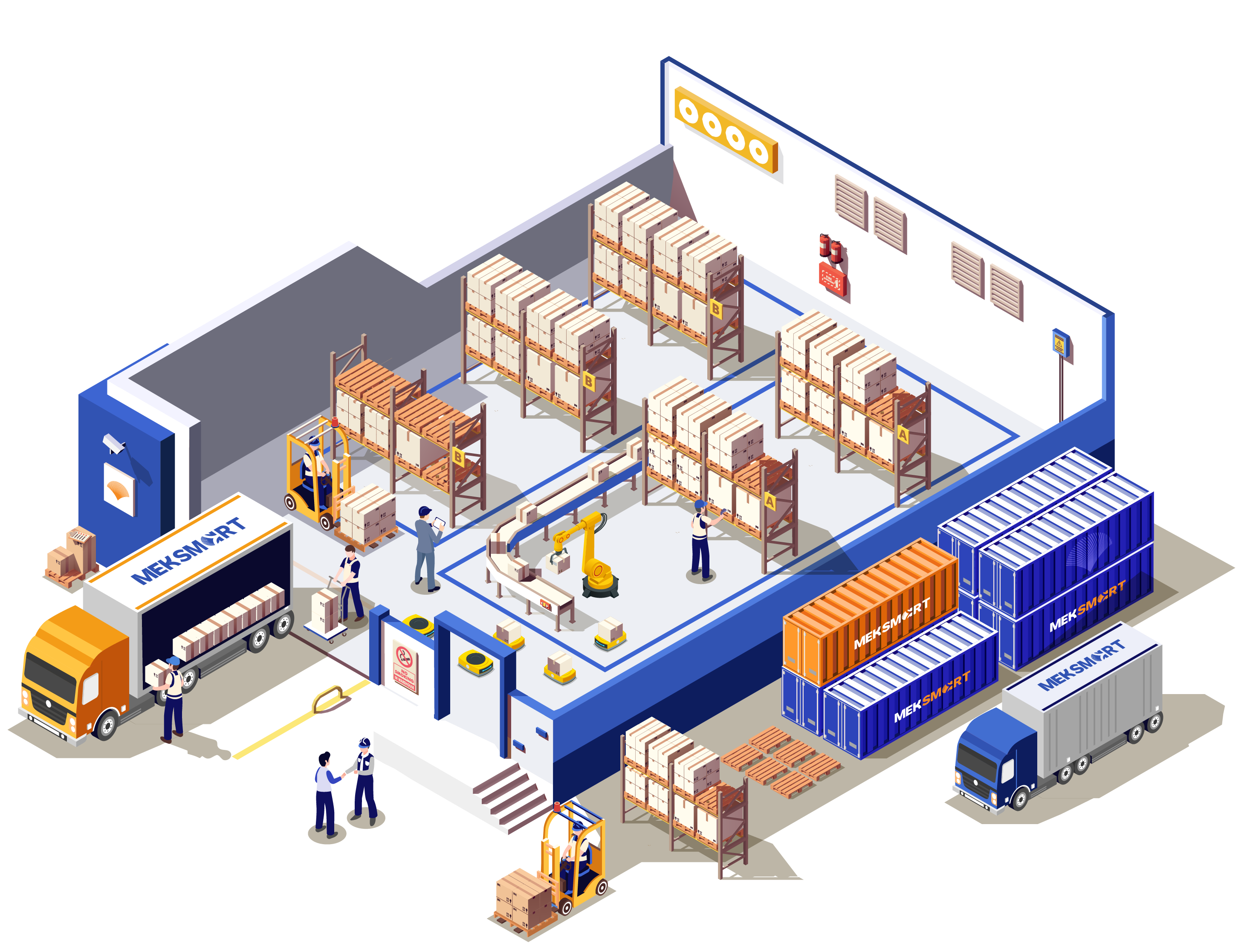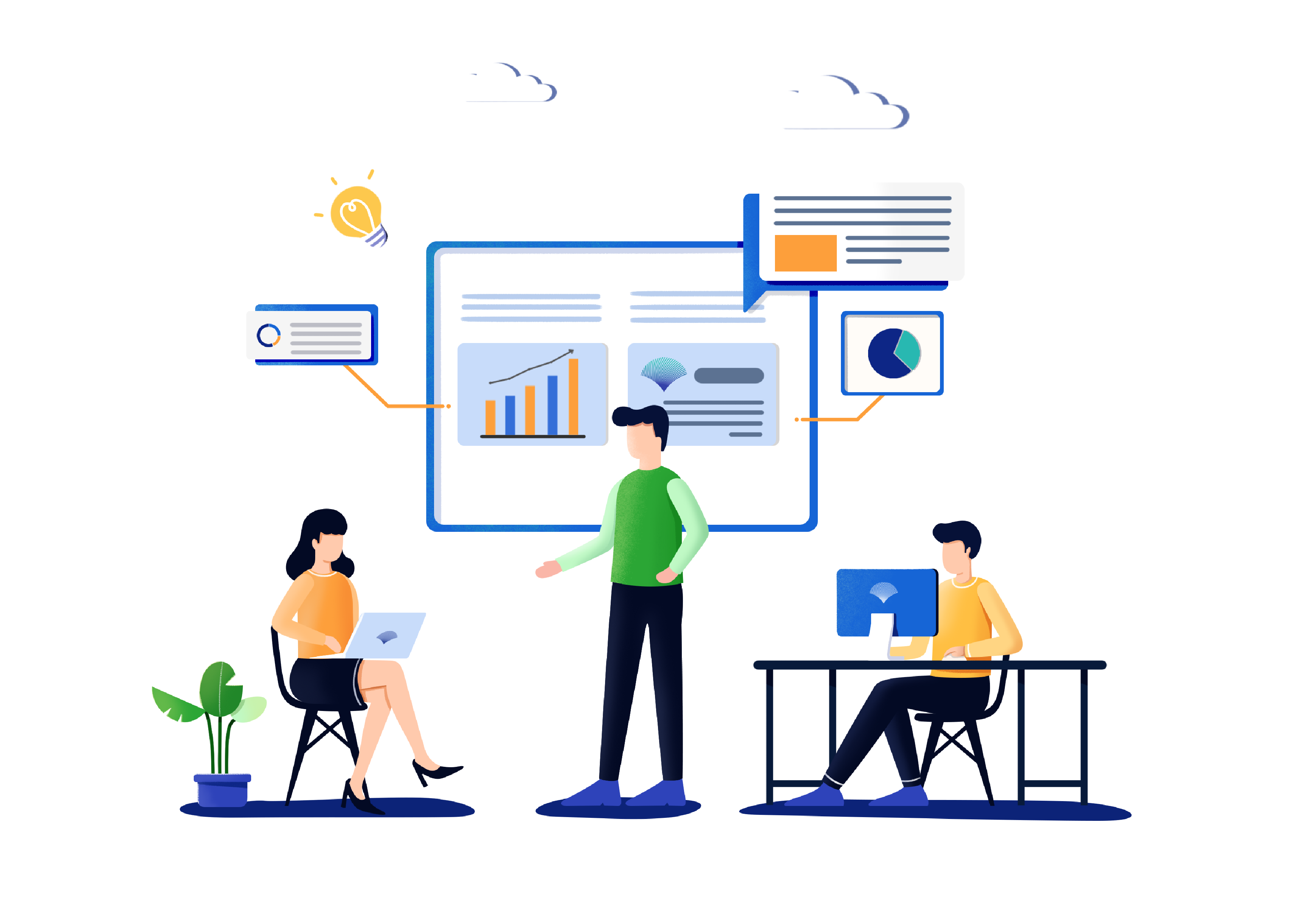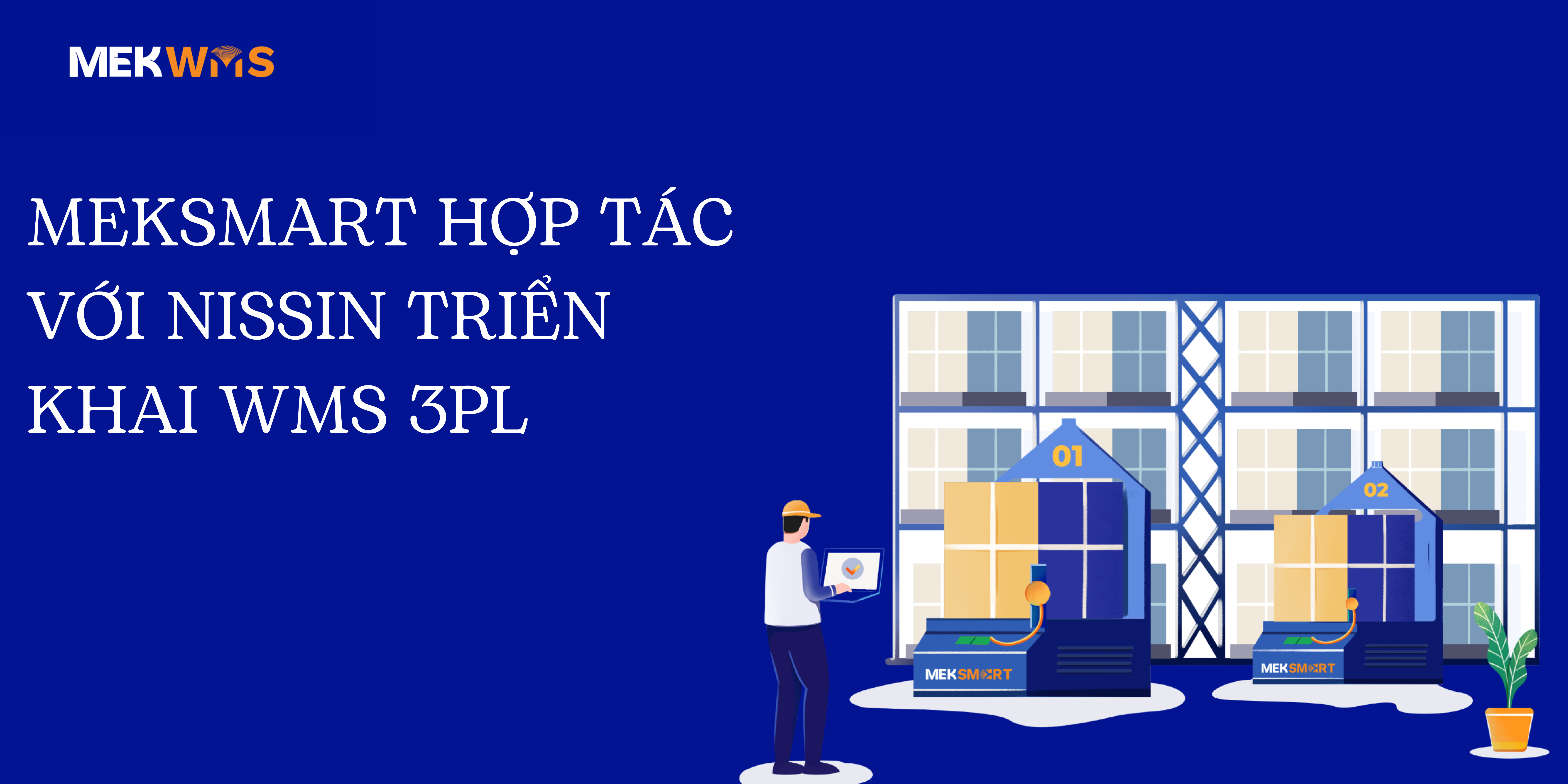MEKSMART
GENERAL NEWS
Author:
Update: 06/12/2022
INTEGRATING REVERSE LOGISTICS INTO THE GREEN SUPPLY CHAIN
Reverse logistics or reverse logistics and green supply chain are interesting development trends in recent times, but are quite new concepts in Vietnam. In fact, many businesses do not know how to apply reverse logistics to the process of building a green supply chain.
1. Reverse logistics
According to Rogers and Tibben-Lembke (1999), reverse logistics is the process of effectively planning, implementing and controlling the flow of raw materials, semi-finished products and related information from the point of consumption to the point of consumption. point of origin, for the purpose of recovery or appropriate disposal. Thus, reverse logistics includes all logistics activities of the supply chain, but operates in the reverse cycle. This concept refers to the function of logistics in the recovery of goods, recycling, replacement and reuse of materials, renewal, repair, equipment replacement or product recovery by Uncontrollable reasons such as failure, seasonal inventory, replacement of goods, due to warranty failure or excessive inventory.
The reverse logistics process is usually done in 4 stages. First, the collection of unsold products, defective products, or packaging. Next, enterprises carry out the steps to check product quality and select and classify products. Step three, dispose of by reusing, reselling, recovering the product, or turning it into waste. The final step is to redistribute the recovered product. This phase refers to the logistics activities to bring the product back into the market and deliver it to the customer such as the operations of storage, sales, and transportation.
Actually, the best condition is no withdrawal. In reality, however, recalls are a common problem for manufacturers, distribution intermediaries as well as logistics service providers. Unsold products for refurbishment, defective products for repair, used products for partial dismantling or reuse, and packaging recovered and reused must be recalled. These activities help better satisfy customer needs, make goods turn around faster, free up inventory, and create financial advantages for the entire supply chain. Therefore, reverse logistics is one of the ways to reduce costs, increase revenue and improve customer service, thereby helping the company gain a competitive advantage in the market. Many companies have been interested in investing more in reverse logistics programs because they perceive the investment to be much lower than the costs of handling uncontrolled returns.
2. Green supply chain
Green supply chain is the process of using environmentally friendly inputs and turning the by-products of the use process into something that can be improved or recycled in the current environment. This process makes the output products and by-products reusable at the end of their life and thus creates a sustainable supply chain that is cost-effective and environmentally friendly...
Visionary countries, businesses and investors can all be pioneers and make important contributions in the transition to a greener economy. From a national perspective, green supply chains along with the concept of "green public procurement" are the main drivers of green growth. From the perspective of enterprises, the green supply chain is part of the green investment strategy, that is, creating an effective competitive business model while ensuring environmental friendliness and effective use of natural ecological resources...
To be effective, a green supply chain needs to be implemented in all stages, from planning, sourcing, and production, to final product release. The sourcing phase includes partnering with suppliers in the design of green products. In the production stage, enterprises can deploy from "green design" solutions, that is, combine environmental considerations into product design and development to bring "green" value to customers. customers, from “green” packaging design to green innovation in warehouse management and operation. In the export phase, businesses focus on building a green transport system.
3. Integrating reverse logistics into green supply chains
In addition to the problem of increasing costs, the biggest challenge in the process of developing a sustainable supply chain of enterprises is to cope with newly arising complications. Research and development of new models and perspectives to capture and solve those complexities are needed. For example, in 2012, authors N. Mishra, V. Kumar, and F.T.S. Chan proposed a multi-factor structure for integrating reverse logistics into green supply chains (Figure). In that structure, the reverse logistics department coordinates with distribution centers to check for defective or used products, classifying them into products for recycling, reuse, or single use. , continue to move into the warehouse and put it into production. As such, reverse logistics acts as a hub for coordinating and reviewing packaging, waste treatment, fuel consumption, and related factors at different steps of the forwarding, recycling, and recycling processes. produce goods in the green supply chain.
Through this structure, it can be seen that new perspectives and trends that businesses need to pay attention to are not only based on the concept of productivity but also based on the assessment of the life cycle of products and services. This radical change helps to improve the whole process, by developing products, increasing productivity, and changing the image of the company in front of customers, thereby improving the image and quality of services provided. for customers. Moreover, it will help businesses catch up with the advent of international regulations and standards on the environment and green businesses that are becoming more and more stringent.
– According to Dr. Bui Van Danh – Mr. Luu Thi Thu Ha







